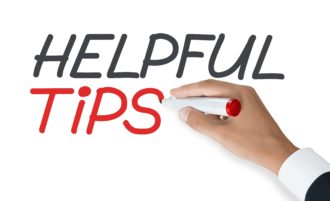First of all, it is important to know why teaching syllable types matters. Most teachers are never taught anything about syllable types or syllable division, and only learn the basic, “Clap out a sounds”, in order to determine the number of syllables. Then, well…um… that’s it! Sound familiar?
If this has been your experience, then you are not alone. I did not have any training in syllable types until I became Orton-Gillingham certified. It was like a whole, new phonics world opened up to me! I now had the secret to transitioning students along the Emergent Reader to Transitional Reader path. Prior to my training, I felt paralyzed when I encountered “stuck” striving readers between 2nd and 3rd grade. 
When students have strategies that enable them to determine what sound the vowel is making in each word, they are able to blend the correct phonemes that are associated with the letters in the word they are reading.
At the most basic level, students need to know the definition of a syllable: A syllable is a word, or a part of a word, with one vowel sound.
With the appropriate tools in your toolbox, you can also lead your students along the path to reading fluency. As soon as my students are proficient with individual letter sounds I begin teaching the first syllable types.
These are the Syllable Types I teach 1st and 2nd graders:
- Closed
- Open
- Silent E (or Vowel-Consonant-E)
I begin teaching Closed syllables first.
After students have mastered digraphs (sh, th, ch, ck, ph, and wh), I teach Open syllables.
Students must have long vowel sounds mastered before teaching Silent E syllable types.
These are the Syllable Types 2nd and 3rd graders:
- Vowel Teams
- R-Controlled
- Consonant-le
>>Note: Some people consider Diphthongs to be a 7th type of syllable. I personally group Diphthongs into the Vowel Teams group (making 6 Syllable Types).
Teaching Syllable Types and Syllable Division is a valuable way to encourage decoding mastery of multi-syllable words. Another way to think of this: You are providing step-by step directions to decode multi-syllable words!
Not only do I teach syllable types and syllable division with printables, I use technology, too.
In my next post, I will detail the syllable types further. Stay tuned. Until then, Happy Teaching!
Becky




